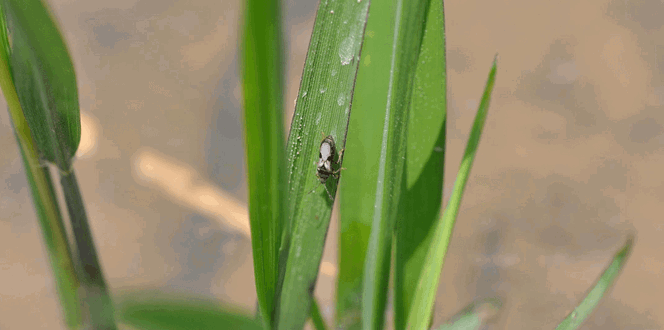Beech Leaf Disease Description:
Beech leaf disease (BLD) is a disease that is contributing to a localized yet significant decline of beech trees. Initially discovered in Lake County, Ohio in 2012, the disease has spread rapidly. As of June 2022, it has been detected in counties in Ohio, Pennsylvania, New York, New Jersey, Maine, Connecticut, Rhode Island, Massachusetts, and in Ontario, CA. A definitive cause has not been determined but the disease is strongly associated with a foliar nematode (Litylenchus crenatae).
Hosts:
American beech (Fagus grandifolia), Oriental beech (Fagus orientalis), and European beech (Fagus sylvatica) including its ornamental cultivars.
Beech Leaf Disease Signs & Symptoms:
The first signs of beech leaf disease are striping or banding (darkening) between leaf veins, giving the tree foliage and canopy a distinctive appearance. These stripes can also be seen in the spring at early leaf-out. As the disease progresses, the foliage becomes thickened in texture and edges will shrivel, pucker and curl. Deformed leaves will gather near the tips of branches, and canopy thinning will occur. Over time, the canopy will thin further and die back due to the lack of bud development and poor production of leaves. Recent observations suggest that sapling-sized trees can die within five years of being infected. Mature trees are killed too, with lower branches declining before the upper canopy.
Beech Leaf Disease Management:
If you observe any symptoms of BLD, it is important to report any symptoms to your local arborist. Scientists at Davey Tree have been conducting research with their collaborators on a management program that is showing promising results. If you are concerned about your trees or want to participate in a pilot management program, please contact your local Davey team.





